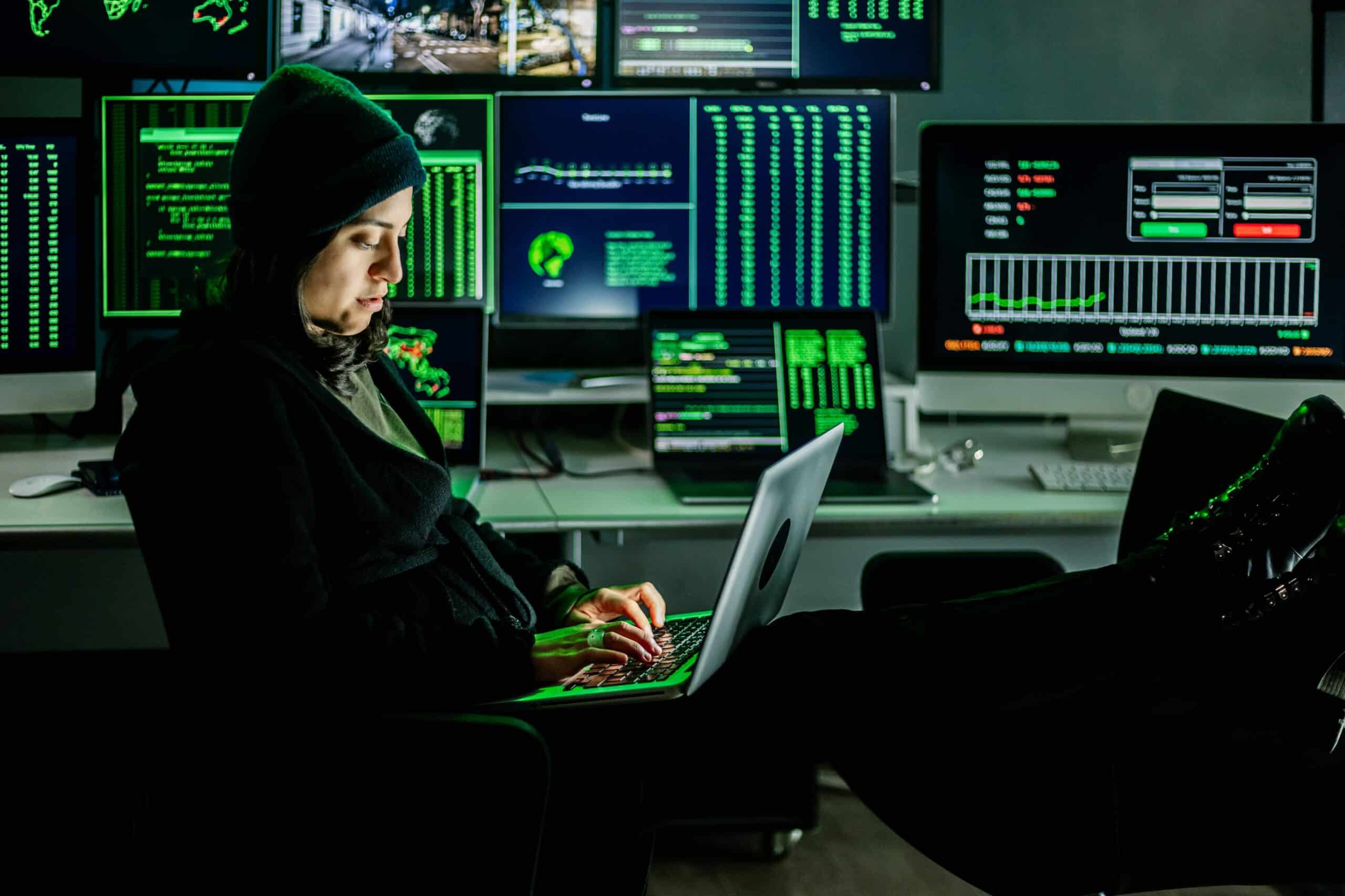Introduction: Relocation can be a complex and emotionally charged issue in Australian family law cases,…
Legal Challenges in Digital Forensics: Gathering Evidence for Cybersecurity Cases – Guest Post

The first step forensic examiners perform is identifying and acquiring data, which are critical segments in the forensic process. Managing evidence acquisition in a deliberate, ethical, and legal manner is paramount. Below is a detailed breakdown of the main considerations and difficulties.
Legal Issues in Digital Forensics Investigations
Storage And Transportation
The chain of custody plays a vital role in documenting how evidence is obtained and transported before being presented in court. Thus, digital forensic investigators must strictly adhere to tight rules to ensure the integrity and admissibility of the evidence.
Compliance with Legal Standards
In addition to following proper procedures, digital forensic investigators must make sure that the data gathered complies with legal standards. This includes meeting requirements for relevance, authenticity, and dependability. By adhering to established norms and processes, investigators can ensure that the data they collect is in accordance with legal standards.
Difficulties of Data Collection
Cybersecurity cases often involve the need to identify users who have used additional security measures. Many users use a safe browser, VPN, and additional cybersecurity measures. There are a lot of questions on the Internet about whether the Brave browser is safe or whether Tor users can be tracked. The security of these browsers is relative since it is possible to identify an individual, but there are many nuances.
Compliance with Privacy and Security Laws
Moreover, data privacy and protection laws must be strictly complied with by digital forensic investigators. It is essential for investigators to maintain the confidentiality of personal data and refrain from accessing or disclosing any unnecessary information during the investigation process.
Accounting for Laws of Different Jurisdictions
Digital forensics investigations can often involve multiple jurisdictions, requiring investigators to comply with the laws of each jurisdiction in which they operate. This aspect adds complexity to the investigation process, emphasizing the need for investigators to be well-versed in the applicable laws and regulations.
Increased Requirements for Data Protected by Intellectual Property Law
When analyzing intellectual property such as trade secrets or copyrighted content, investigators must exercise caution to avoid any infringement on copyright or other intellectual property rights. Adherence to all applicable intellectual property laws is essential during digital forensic investigations.
Search and Seizure of Digital Evidence
Search and seizure often become a contested issue in court due to its association with privacy. Privacy laws, including Article 12 of the UN Declaration on Human Rights, acknowledge the right to privacy, protecting individuals from unnecessary searches and seizures. In computer forensics investigations, search and seizure is the initial step, and employing the correct methodology is crucial for admissible evidence. Forensic investigators must ensure they adhere to proper legal procedures and obtain search warrants while safeguarding the suspect’s privacy.
However, forensic searches and seizures differ from traditional methods since they must consider technological advancements. This often renders search warrants inadequately detailed, especially when executed in situations where the suspect’s data is stored in the cloud or on servers utilizing RAID technology. In such cases, alternative techniques are necessary to retrieve the required evidence.
In many jurisdictions, search warrants must be specific about what is being searched and seized. This presents challenges with digital evidence, as investigators may encounter incriminating evidence unrelated to the search warrant, such as child pornography. In such instances, there is a risk of the new evidence being hidden, altered, or destroyed before a new search warrant is obtained. Therefore, speed is paramount in bringing the new evidence to court.
Evidence Analysis
Improper analysis of evidence can lead to its inadmissibility in court. The responsibility of the forensic investigating officer is to convince the court of the credibility of the evidence through expert testimony. This includes attesting to their forensic training, investigation skills, tools used, and the process of preserving digital evidence for court presentation.
In the case of Galaxy Computer Services Inc. v Baker, the qualifications and procedures of a computer forensic expert were challenged. However, the court rejected the argument, acknowledging the expert’s education, skills, knowledge, and experience.
In Peach v Bird, the defendant was initially acquitted on charges related to child pornographic images. However, on appeal, the use of Encase evidence analysis and forensic expert testimony led to a retrial.
The lack of expert qualification laws or standards in many jurisdictions raises questions about considering one as an expert solely based on their ability to use forensic software tools.
Conclusion
This summary only briefly considers a few of the multitude of legal issues involved in a computer forensics case. The law in this area is still coalescing, and very few appellate level decisions are available. However, it is crucial to note that the quality and type of evidence presented hold even greater significance in this type of litigation compared to others. Courts, grappling with these intricate concepts, seek guidance on these issues.
Anecdotally, during the computer forensics training of lawyers from Mulligan Tam Pearson in the U.S. and England, the consensus among experts was that they were rarely challenged on their evidence during cross-examination. As evident from the above, the outcome of these cases can be massively influenced by the quality of evidence presented.

